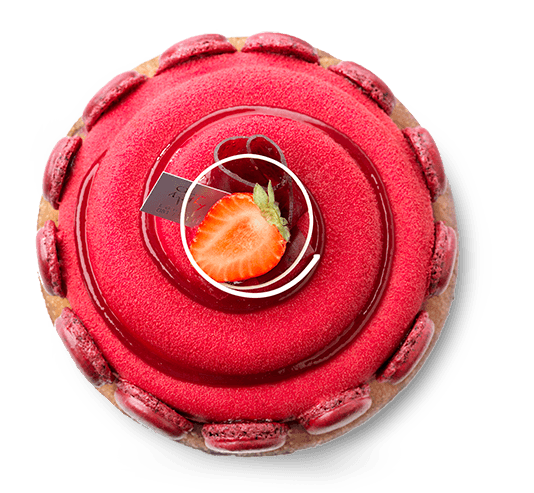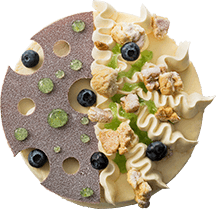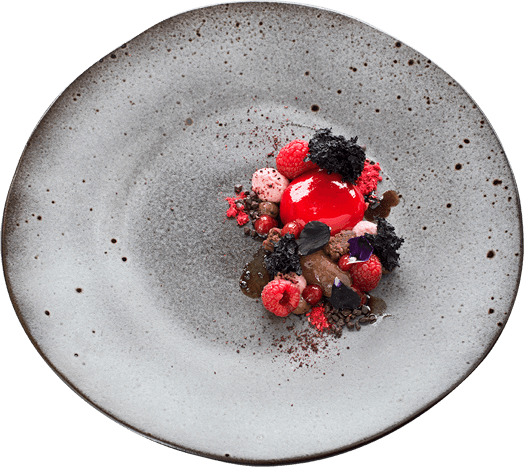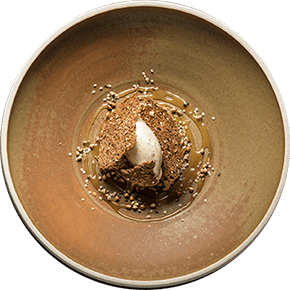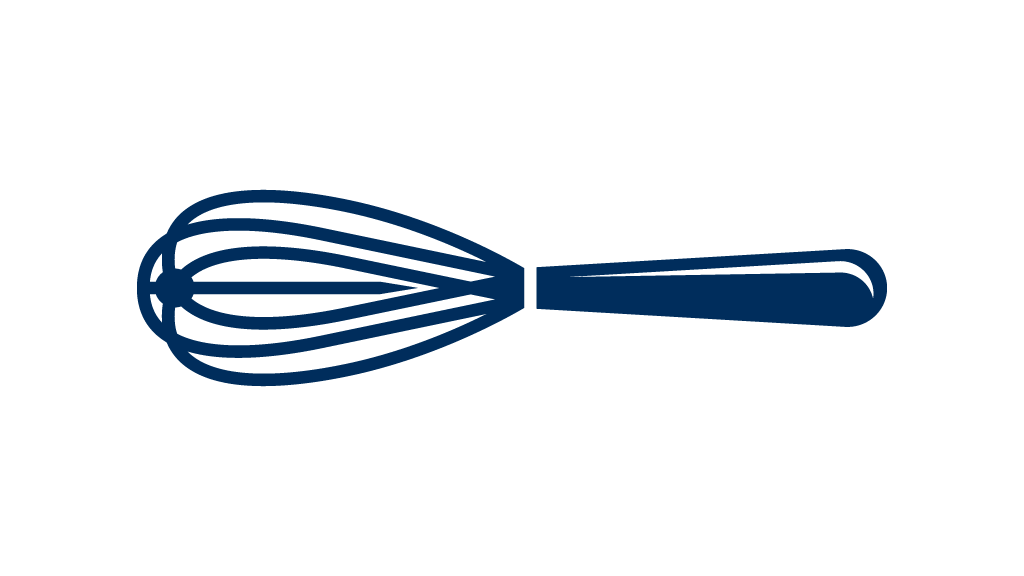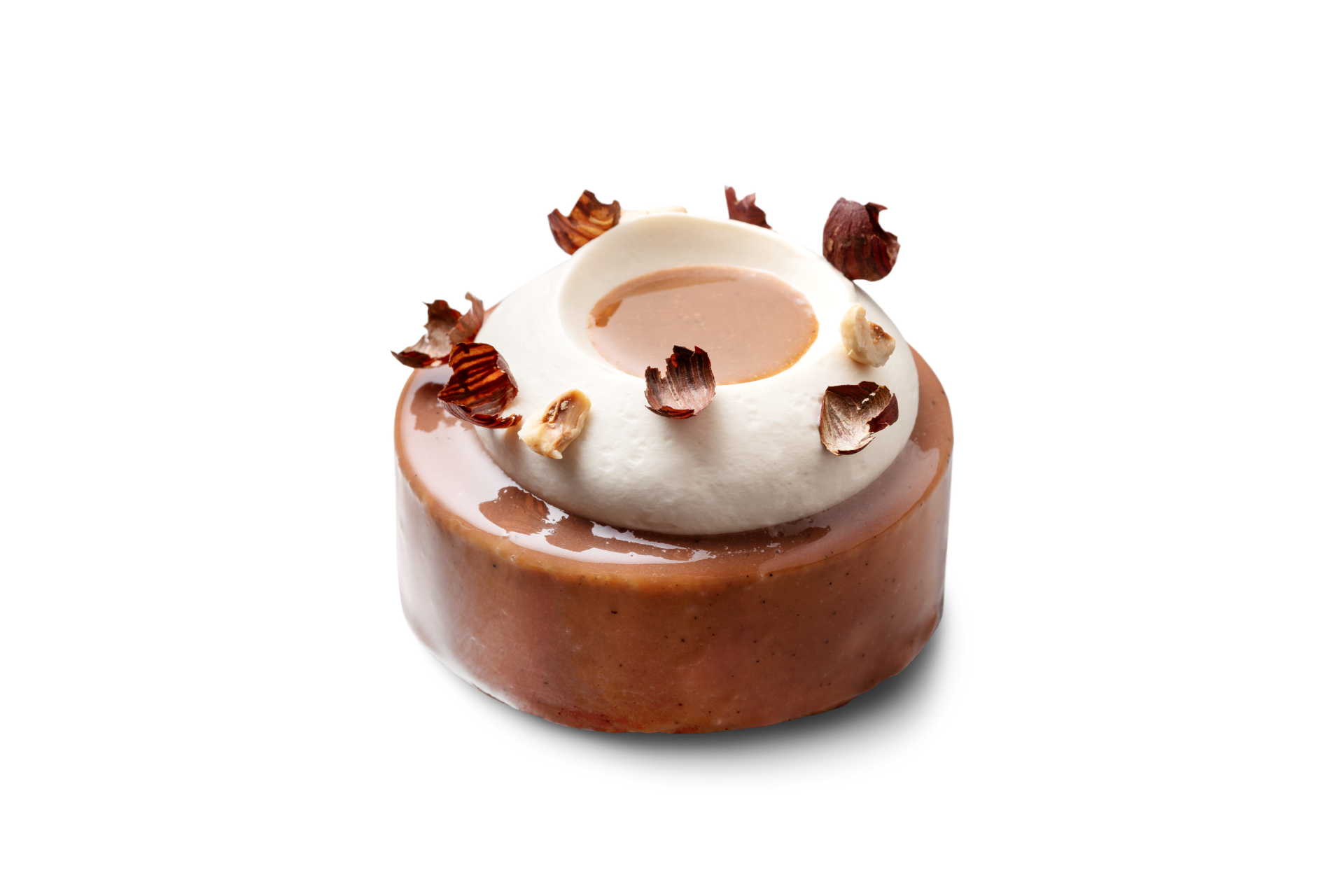Beyond the Plate: The surprising truth behind ingredients like Sunflower Cake
Knowledge is often transferred from one generation of cooks to another. We accept many things as true, but sometimes we wonder why we do certain things and whether there's a better way. Debic has a team of culinary advisers, specialist pastry chefs, master ice cream makers and product developers throughout Europe, with a wealth of knowledge and experience that we enjoy sharing with you.
Answered by Andreas Ma, Pastry Specialist China.
A sunflower cake is actually the successor to the characteristic egg cake. The most important components are crispy dough and stewed egg. In the sunflower cake, the crispy layer of the case is made even crispier than in the original. Black and white condensed milk is added to the filling, adding to the layer effect and the milk flavour of the overall product. Pastéis de nata or Pastéis de Belém can be found and enjoyed all over Europe. They are especially easy to find in cafés and pastry shops in Portugal, as the best-known treat of Portuguese gastronomy. However, the original recipe remains a closely guarded secret.
Answered by Damien Pichon, Pastry Specialist France.
A crème diplomate is a lighter version of the classic crème pâtissière, often supplemented with whipped cream and possibly some extra gelatine. Sometimes Cointreau or kirsch are added too. Crème diplomate is lighter than other creams derived from crème pâtissière. For example, crème mousseline is a pastry cream that is whipped with extra butter. Crème diplomate is used in all kinds of pastries, such as cakes, strawberry tart, millefeuille and tarte tropézienne. It is also perfect for filling choux pastry.
Answered by Andrés Albite, Pastry Specialist Spain.
Candied egg yolk is a cream made from egg yolks, water, sugar and cornflour. First, a syrup is made from water and sugar. This is then cooked with the egg yolks and cornflour over a low heat until it has thickened. The cream is widely used in classic Spanish pastries such as San Marcos cake or the marzipan nougat eaten at Christmas. The origins of candied egg yolks date back to before the fourteenth century, when it is mentioned in monastic recipe books. Back then, egg whites were used to clarify wine, so the yolks were given to the monks to bake a sweetmeat with.
Answered by Bruno Van Vaerenbergh, Culinary Specialist Manager.
Matcha tea or green tea powder is a typical “weastern” ingredient: an ingredient from Asian cuisine that is combined with western recipes or ingredients. As such, it is comparable to ingredients such as yuzu, dachi, kafir, tapioca pearls or lychee. Matcha is a finely ground green tea that was originally used in Japanese tea ceremonies. It is made from young shade-grown tea leaves that are steamed, dried and ground into powder after picking. To keep the green colour as vibrant and fresh as possible, the powder is best kept in the refrigerator. You can make beautiful decorations with matcha. It also produces striking results when used to finish creams, chocolate or Swiss rolls.
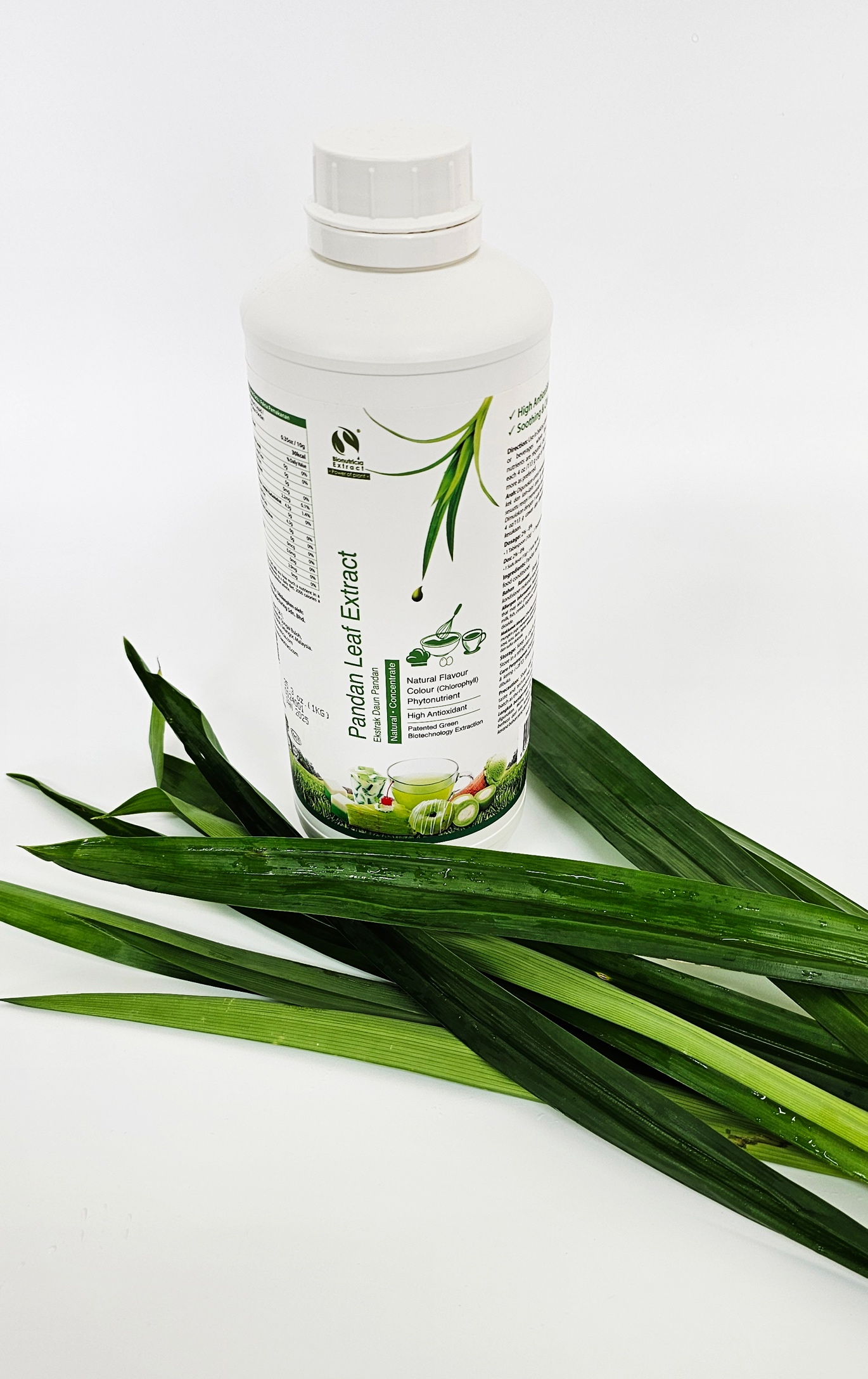
Answered by Kean Chuan, Pastry Specialist Malaysia.
Pandan is a tropical plant that is common in Southeast Asia. The highly aromatic ingredient originated in the Moluccas, an archipelago in eastern Indonesia, where the only known flowering pandan plant was once found. From the Moluccas, pandan spread across Southeast Asia and Sri Lanka, where people began growing it and using it as a flavouring. Pandan leaves have a unique and delicious flavour, described as floral, sweet and grassy, with hints of rose and almond. Its powerful aroma is also what gives basmati rice its characteristic scent, for example.
Pandan leaves are used to impart their distinctive flavour to liquids such as milk and cream. In European pastries, custards, creams and fillings are sometimes made with pandan, as a fragrant alternative to vanilla. Fresh pandan leaves give the strongest flavour; if frozen or dried leaves are used, the quantity in recipes has to be adjusted. You can also use pandan extract sparingly to add both flavour and colour to baked goods such as macarons, cupcakes or even icing. By experimenting with pandan you can give your dishes an exotic flavour.
Do you have a question for our Culinary Advisors?
They are ready to answer all your culinary questions. Email your question to bruno.vanvaerenbergh@frieslandcampina.com
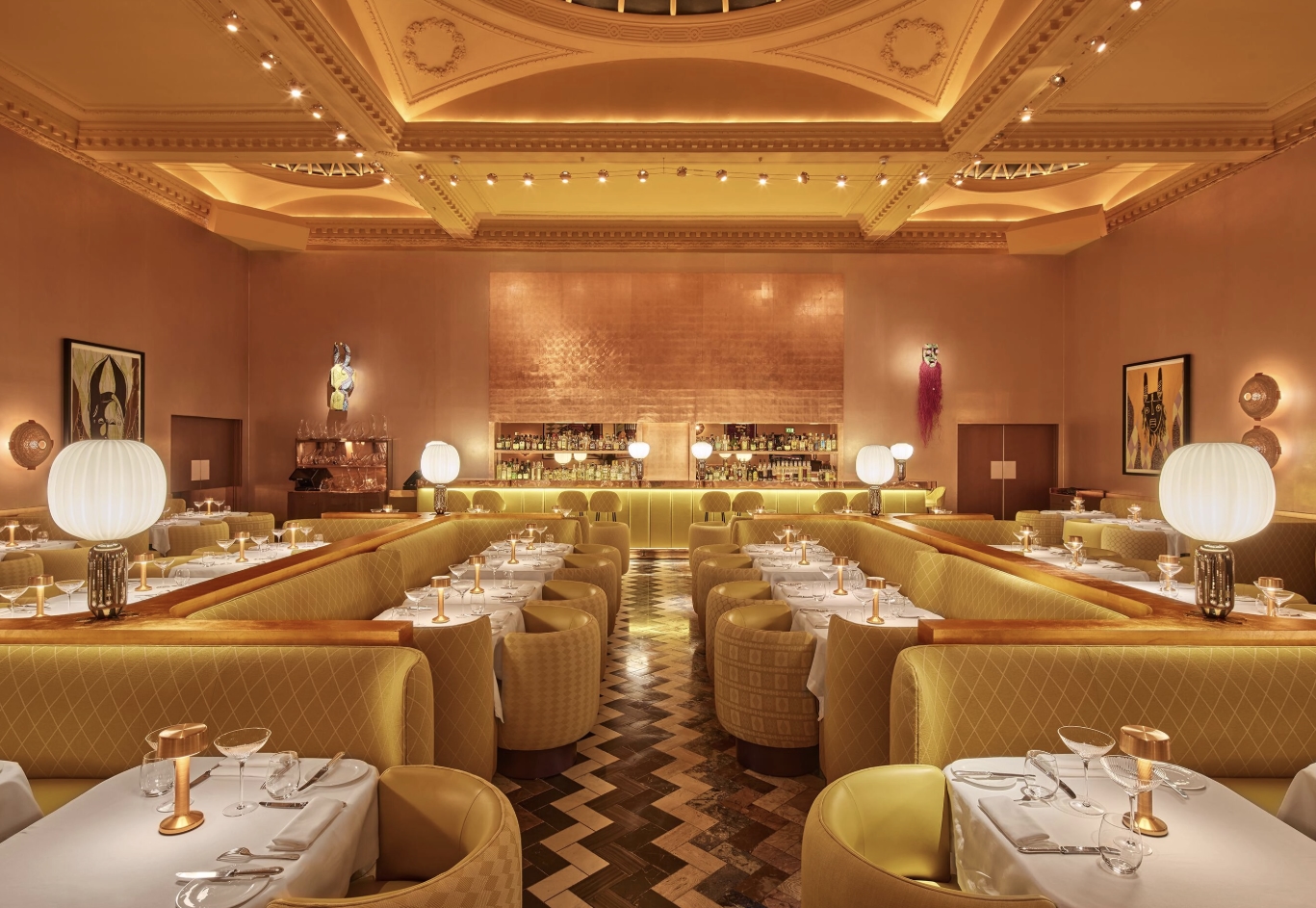
Read how you can transform your bakery with the Power of Color!
Discover now